hypermobility in babies uk
Hypermobility refers to an increased range of movement in multiple joints for their age. Hypermobility refers to an increased range of movement in multiple joints for their age.

I M Proud To Be A Mum Of A Baby With Joint Hypermobility
The HMSA The Hypermobility Syndromes Association.

. How common is hypermobility. Most experts agree that joint hypermobility. RightPath 2019 and expert opinion in a review article Smith and Ramanan 2013Expert opinion describes the doctors role as establishing an accurate diagnosis of joint.
Most UK midwives teach a way of holding and feeding a baby that is difficult uncomfortable and unsustainable for women with hEDSHSD. Hypermobility is commonly seen in young children. Most children are flexible but some more so than others.
All babies under 28 weeks gestation andor with 1000g or less birth weight will be monitored. Hypermobility may affect just one joint or many joints. This leaflet is intended to be used in conjunction with the APCP symptomatic hypermobility.
With a holistic solution-focused approach to living well with a hypermobility syndrome our expert. It covers exercises for strengthening your childs legs arms and core muscles to help support their hypermobile joints. Hypermobility in Children Description or Diagnosis.
A hypermobile joint can bend beyond the typical range of movement. Using positions that require holding for long periods of time with hands and raised elbows can lead to pain and nerve entrapment and should be avoided. Hypermobility can be generalised or affect just peripheral joints for example hands and feet Foster 2013.
This leaflet is intended to be used in conjunction with the APCP symptomatic hypermobility. Hypermobility in babies uk Friday January 7 2022 Edit. Liz Clayton previously Hardy is an Advanced Physiotherapist in Paediatric Rheumatology.
These problems mainly affect children and young adolescents with extra-flexible hypermobile joints who develop pain on exercise which persists when they rest. It is common in gymnasts athletes dancers and. It affects 7 10 of school age children in the UK.
The weakness is because the collagen that strengthens the ligaments is different from other peoples. Instability of the joints might lead to dislocations or subluxations partial dislocations children may suffer from pain their joints may click and they may fidget to relieve discomfort. Many people are hypermobile around 1 in 10 and hypermobility is more common in women and children and people of Afro-Caribbean and Asian descent.
This leaflet is for children who have hypermobility in their joints. The CSP is the professional educational and trade union body for the UKs 60000 chartered physiotherapists physiotherapy students and support workers. Hypermobility in babies or children is a condition whereby a child has more than normal range of movement in some or all of the joints in their body.
Its just the way someone is made and often runs in families. It is not an illness or disease and is a normal variation. Joint hypermobility in babies and children is even more common and usually causes no problems.
Hypermobility in children Under 5s. This leaflet is for children who have hypermobility in their joints. Sometimes children are severely affected.
Hypermobility in children Over 5s. The older you are the less likely it is you will be hypermobile. It is extremely common in children having being reported in 25 to 50 of those younger than 10 years of age.
Children with hypermobile EDS will be more bendy than their peers and this hypermobility can cause problems. Usually the joints are loose and stretchy because the ligaments that should make them stronger and support them are weak. This can cause severe on-going pain.
Site by CTI. Castori and Hakim 2017. It is not an illness or disease and is a normal variation.
Using this leaflet. It covers exercises for strengthening your childs legs arms and core muscles to help support their hypermobile joints. Hypermobility literally means more movement.
In most cases hypermobility peaks at. With hypermobility ligaments are relaxed and the joints they support are more flexible and move easily beyond the normal range expected for that joint. The recommendation on when community management is usually appropriate is based on musculoskeletal triage guidance for children and young people RightPath 2017.
But when hypermobility causes pain it could point towards joint hypermobility syndrome which needs to be treated. It is extremely common in children having being reported in 25 to 50 of those younger than 10 years of age. Most children are flexible but some more so than others.
Infants who appear to be floppy and have hypermobile joints are often given a diagnosis of low muscle tone. Between 25-50 of children under 10 are considered hypermobile. The ligaments that offer stability are more lax and therefore cause increased flexibility.
EhlersDanlos syndromes EDS are a group of thirteen genetic connective-tissue disorders that are in the current classification with a fourteenth type discovered in 2018. Hypermobile joints those that move beyond their normal range of motion are common affecting 8-39 of school-age children with girls more commonly affected than boys Tofts et al 2009. Hypermobility isnt an illness or a disease and as such cant be cured.
Joint hypermobility syndrome can run in families and it cannot be prevented. This is more common if their parents are still very flexible. Hypermobility is very common in babies and children and is often referred to as being double-jointed but that does not mean that this disorder is to be taken lightly.
Generally children are flexible some more than others. Using this leaflet. In the majority of children this will become less as they get older but a small percentage will remain very flexible.
The Hypermobility Syndromes Association is here to support everyone with symptomatic hypermobility whatever the cause however mildly or severely they may be affected and whether or not they are diagnosed. Hypermobility is a condition in which you have more movement in your joints. The older you are the less likely it is you will be hypermobile.
Most children will get less flexible as they get older and should improve as the childs strength and. It affects 7 10 of school age children in the UK. Anyone who has symptoms as a result of having hypermobile joints but who does not have all the features of Ehlers-Danlos syndrome has a hypermobility spectrum disorder.
This readiness for action depends on the sensitivity of the stretch receptors in the muscles. Joint hypermobility syndrome means your joints are stretchy and loose. Hypermobility is commonly seen in young children.
This is a normal finding and very common in children. Hypermobility may affect just one joint or many joints. Most children will get less flexible as they.
If the sensitivity to stretch is very low the muscles are slow to respond and they appear to be weak and floppy. The term muscle tone refers to the muscles readiness for action.

What Is Hypermobility In Babies Children Young Adults Therapy Stars

Hypermobility Syndrome Therapies For Kids
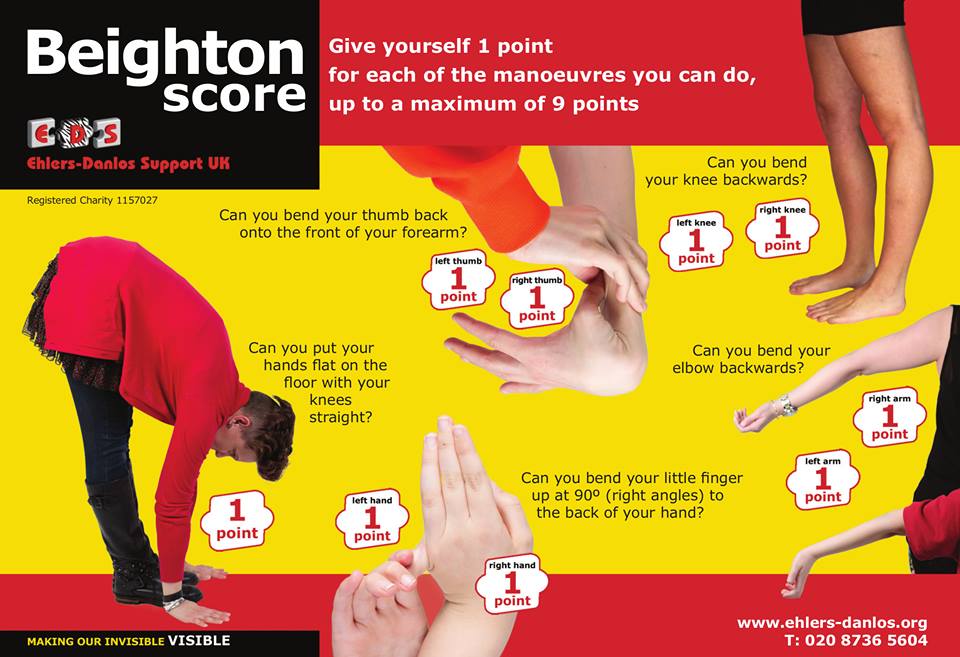
Pregnancy Parenting With Ehlers Danlos Syndrome Parents Bump Baby And You Pregnancy Parenting And Baby Advice And Info

What Is Hypermobility In Babies Children Young Adults Therapy Stars
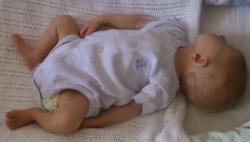
Hypermobility Late Walking Shop 52 Off Www Ingeniovirtual Com
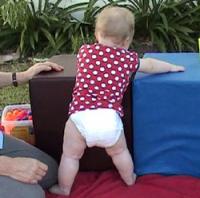
How Hypermobility And Low Muscle Tone Affect Your Baby S Development Skills For Action
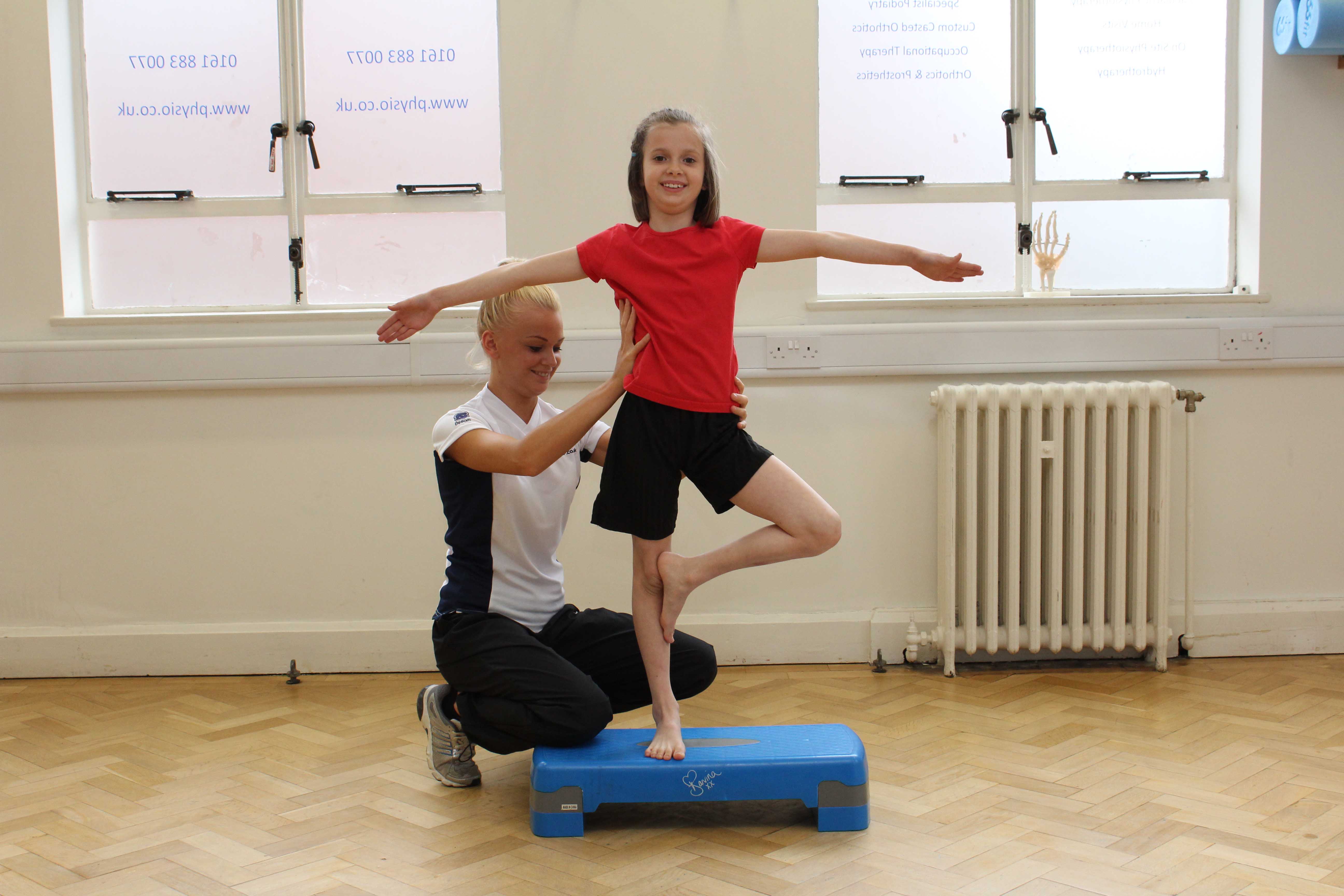
Hyper Mobility Syndrome Children Conditions Paediatric What We Treat Physio Co Uk

Steps Charity Worldwide How Healthy Are Your Baby S Hips Please Share 5 Way To Check Your Babies Hips Dislocated Hips Are Not Visible Or Painful And Can Go Undiagnosed Early Detection
Hypermobility Late Walking Shop 52 Off Www Ingeniovirtual Com

Is There A Happy Ending For Children With Hypermobility Double Jointed

How Hypermobility And Low Muscle Tone Affect Your Baby S Development Skills For Action
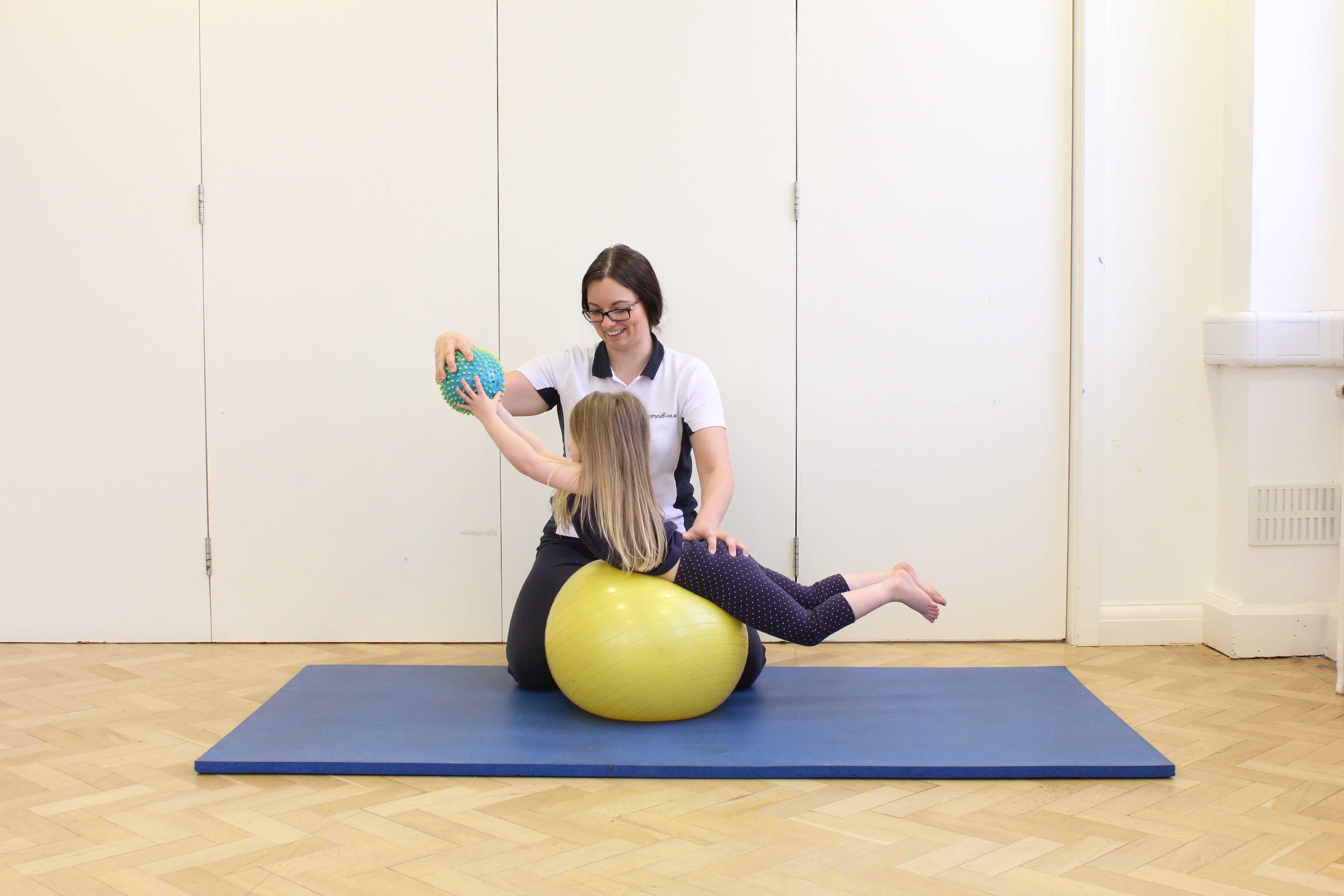
Hyper Mobility Syndrome Children Conditions Paediatric What We Treat Physio Co Uk
Hypermobility Late Walking Shop 52 Off Www Ingeniovirtual Com
Toddler Returns Parents Accused

How Hypermobility And Low Muscle Tone Affect Your Baby S Development Skills For Action

